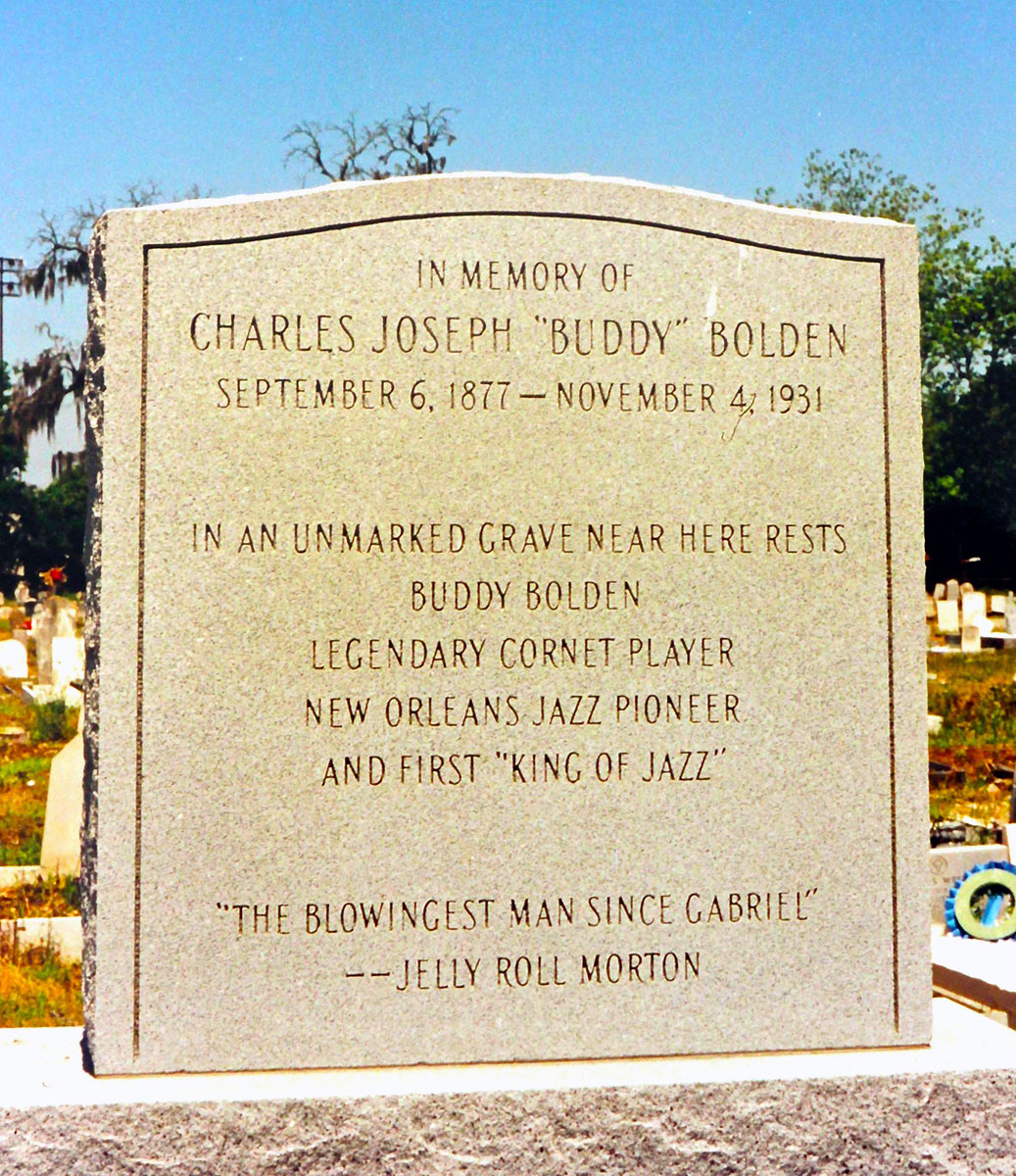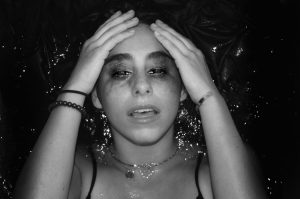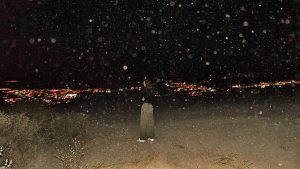On pages 86-7 of Kate Chopin’s The Awakening, an intriguing picture of Edna Pontellier was described:
Mr. Pontellier had been a rather courteous husband so long as he met a certain tacit submissiveness in his wife. Bot her new and unexpected line of conduct completely bewildered him. It shocked him. Then her absolute disregard for her duties as a wife angered him. When Mr. Pontellier became rude, Edna grew insolent. She had resolved never to take another step backward.
‘It seems to me the utmost folly for a woman at the head of a household, and the mother of children, to spend in an atelier days which would be better employed contriving for the comfort of her family.’
‘I feel like painting,’ answered Edna. ‘Perhaps I shan’t always feel like it.’
The last line stood out to me, but maybe that was because on my first reading I accidentally thought it instead read as “I feel like a painting.” There are many instances throughout the book that describe what may sound like an apathetic or lackadaisical woman who is simply floating along in her life, but while that description isn’t entirely wrong I felt like there was more to her character. I got the sense that se was frustrated with her lack of control, and (whether that be in a feminist sense where she’s trapped within the walls of this patriarchal system where she’s forced into bearing children and her identity fizzles out) I always got the sense that she felt angry about it. Or, rather, was frustrated with it. She tries her hand at painting, which to me seemed to be the pinnacle of her attempt to carve some sort of identity out for herself outside of her relationship to other people.
The being said, many of her paintings and sketches comprise subject matters of other people. What I mean to say isn’t to that if you’re an artist who only draws other people that you lack self-identity, but Edna certainly did with her pieces. In a way, while reading it, it felt like it was easier to focus on others rather than herself, she drew Adele as a Madonna figure when that could be indicative of her own difficult relationship with motherhood and perhaps some desire to want to be content with being a mother and nothing more. She didn’t go into thinking about that matter much, but I think that it is interesting to note that little detail and possible allusion. She has a knack for noticing little details about others, paying careful attention to other’s lives, values, and what they do and don’t do, but besides saying that she simply does or doesn’t do things Edna rarely turns that attention inward towards herself. She wants, desires, feels deeply, and has a romantic (arguably obsessive) outlook on love; she doesn’t know how she fits into those complicated emotions though. While the ending wasn’t altogether surprising to me, to me the way her emotions were in turmoil after Robert left carried her towards inevitably killing herself, but it wasn’t conscious. She simply did, but there wasn’t any more weight behind her actions there than there was towards her attempting to sketch her own father.
All of that was a roundabout way to say that instead of imagining the world of late 1800’s New Orleans through Edna’s eyes I wanted to draw her. We read 178 pages of, virtually, Edna’s perspective, but besides the cover art itself we don’t get any read pictures of who she was. She seems deep in thought on the cover of the book, that’s fine, but she almost has a blank expression to me. In my mind, through that one conversation I quoted with her husband earlier, I had this image of a slightly ornery woman who thought deeply around the people around her and her own desires but didn’t know what to do about it.
So in trying to think about how I wanted to draw her, I threw around a few ideas, maybe I should draw her pensively walking around New Orleans and get a sense of the architecture and the time period. So I ended up looking up some pictures of the French Quarter and general houses to get an idea for the style. But the more I thought about it the more I thought that would detract from what I wanted to do, I feel like if I had have done that then the city would swallow her up in a sense, and if you want to loosely look at the story that is what happened.
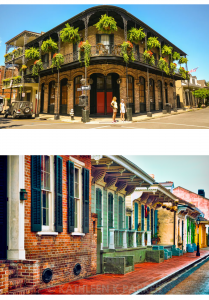
So I put a pin in that idea and ended up looking up photos of how women would wear their hair, what sorts of dresses they would wear throughout the day, and things like that. While women would have various dresses, lighter ones in the morning and afternoon to deal with the heavy heat of Louisiana, in the evenings they would typically wear more elaborate and expensive dresses if they had the means for it. While I took some creative liberties in designing a dress inspired by a mishmash of the various ones I came across I settled on an idea. The bulk of the dress would be pretty simple, elegant, and layered. There would be some frills and such, she was wealthy so it wouldn’t be too far out of the realm of possibility to think she would elaborate on what may be a simple dress. And then the idea of adding lace came to me, while there weren’t an abundance of dresses that I could find with lace, I did find a handful. If you’ve ever looked up close at it, you can see just how complex it is, and it’s delicate. Many many hours go into even weaving a small portion of it, so, once again, only people of wealthy backgrounds could handle it. Without trying to sound too on-the-nose, I like the idea of Edna wearing lace. It’s light, so it doesn’t stand out too much from what one could picture a woman of the upper class in these times wearing, it’s detailed, but from a distance it may just look like a mess or blur of lines until you examine it closely and you see there is a sort of method to the madness. Key pieces hold it together in a way. So that was something I definitely wanted to add to her general outfit no matter where I decided to place or have her. The hair style to me wasn’t overly important, but I did look at a few references to get an idea of generally how her hair could have been styled like. As for her face, makeup wasn’t a huge issue for most women in these times, so I wasn’t concerned with that either.
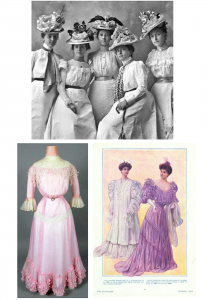
While I was in the process of doodling different ways that she may be pictured, I did one of her walking under an overpass with plants hanging down, mist in the background, and a hazy street behind her. I felt like her face got lost in the mix though, and I feel like considering the whole issue of that I didn’t want her to just be a faceless being. Then, in class we were discussing Bellocq’s Ophelia and I thought it could be interesting to take some inspiration from there. Not that Edna was a proustite, but she was a sexual person with desires (and perhaps “homoerotic” undertones). Not only that, but she does share a similar desire with Ophelia to be an artist. So I eventually ended up settling on the idea of Edna lying on a couch, her head resting on her arms with a slightly angry look on her face. Though it is similar to the cover of the book in that I only drew half of her face, I would like to think it feels like it gives her more character than what only looked like a wistful woman staring off. My goal was to make her look like, even if Edna wasn’t looking at something in particular, like she had some heavy thoughts on her mind. She had an opinion about them, and if someone was around she may bluntly tell them what’s frustrating her so much or she may even tell them that she doesn’t feel like saying a word about her thoughts and that they aren’t entitled to it.
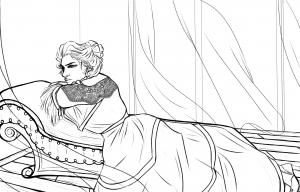 (This isn’t the greatest quality, so after posting this I may ask to have it sent out in an email so it doesn’t look as grainy as it’s appearing on the screen to me at the moment since it doesn’t look that way in my actual file.)
(This isn’t the greatest quality, so after posting this I may ask to have it sent out in an email so it doesn’t look as grainy as it’s appearing on the screen to me at the moment since it doesn’t look that way in my actual file.)
So besides maybe adding some details to the room around her, maybe some more details in the background as well, I suppose my main question would be how I should approach coloring it. I have five ideas.
- I color it like those bright and vivid New Orleans paintings where the saturated colors jump off of the canvas. Bright blues, reds, yellows, and dramatic outlines. (There was one painting by Debra Hurd that was kind of the color scheme I was thinking of, but there’s physically no way to get the effect of the layered oil paint that she had, which may be one drawback to choosing this.)
- Try to color it like more like oil traditional paintings, normal colors, similar to the cover but different in that I’m doing this digitally so it inevitably will have a different feeling to it.
- Color it like a charcoal drawing, like I’m the one in her shoes who’s trying to draw her in one sitting. Smudged shading, dramatic values, bright highlights from erasing certain areas to give the illusion of light, the whole nine-yards.
- Watercolor, similar to the oil in the sense that it may come out to being inspired by more traditional methods but also similar in that watercolor was fairly accessible and I also picture Edna dabbling in that. It could be interesting to see her in a softer light like that.
- I essentially pile everything onto my plate and attempt to do all four methods in an attempt to make a series similar to Andy Warhol and his various prints of Marilyn Monroe in that different versions of the same piece give completely different vibes, especially next to each other. (Considering how long it will take to do even one of these, this is one I’m hesitant to undertake, I will be fully honest.)
But given those I’m curious to hear your thoughts about which one may work the best.
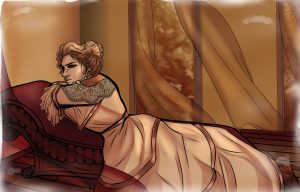
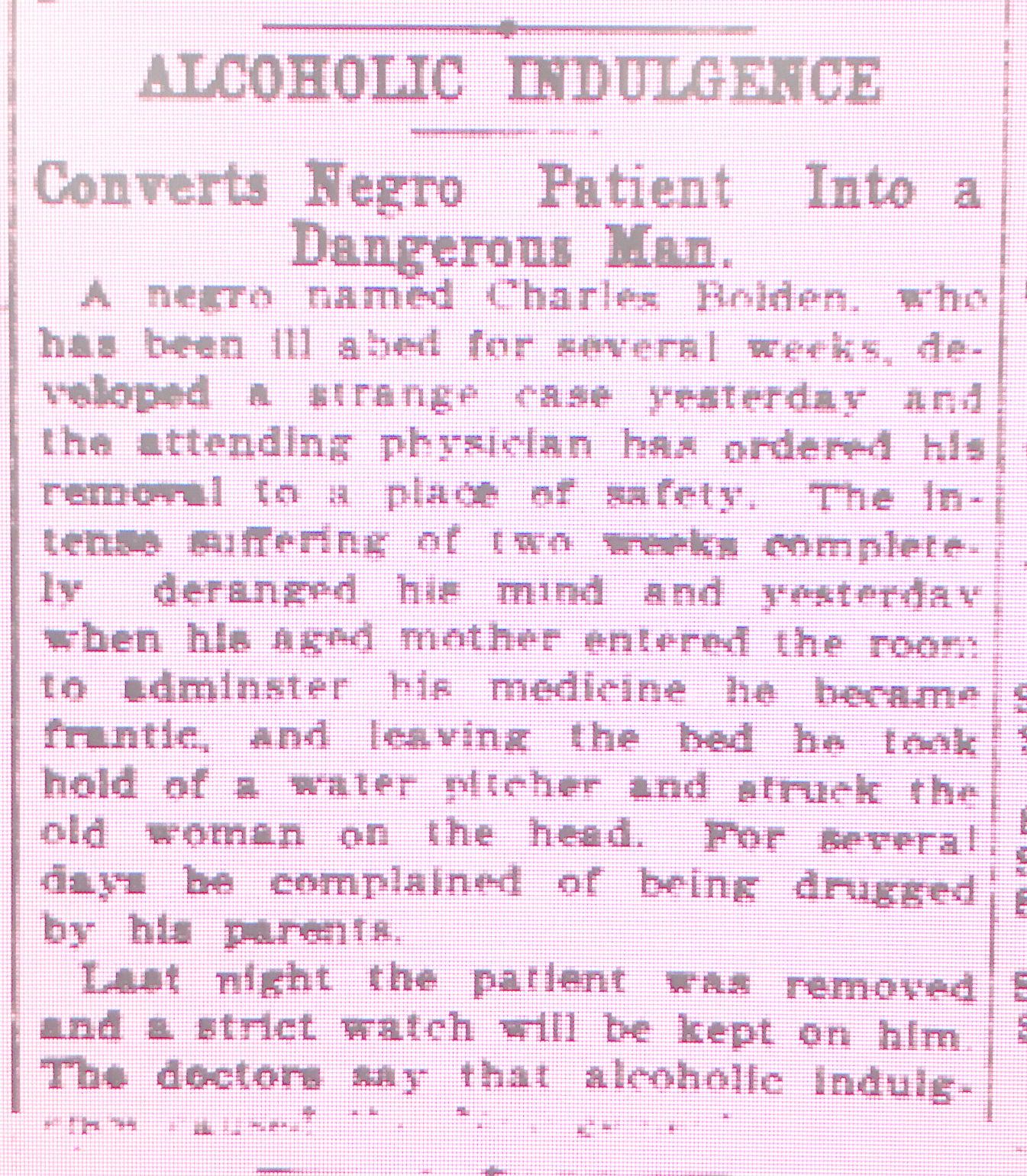 being truly challenged by any band or individual.
being truly challenged by any band or individual.